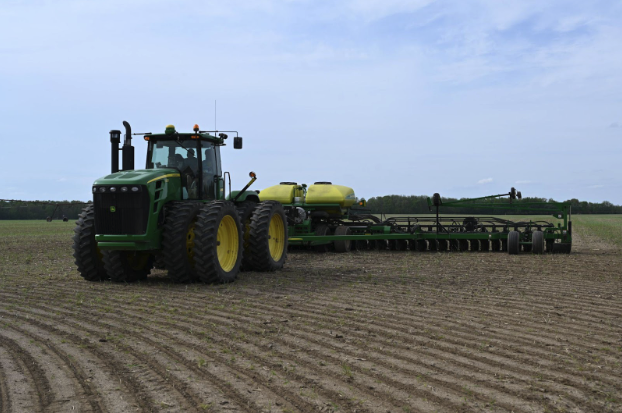The success of a farmer and any agriculture-related business depends on their ability to use the right farming tools and equipment. However, acquiring the best agricultural equipment is not easy financially, necessitating thorough equipment financing considerations.
According to Grand View Research, the size of the world market for agricultural equipment was estimated at $155.68 billion in 2021, and it is projected to increase at a compound annual growth rate (CAGR) of five percent from 2022 to 2030. It is assumed that the market will develop as a result of favorable climatic conditions for food production and government assistance in the form of loan waiver programs for farmers in all income brackets.
This article will give you key information on the best equipment financing considerations to help you make an informed decision.
Assessing Your Balance Sheet
Your balance sheet is the financial statement that lists the assets and liabilities of your business as of a particular date. Assessing your balance sheet can help you determine the best possible way to acquire your needed equipment. It will help you determine whether you have cash on hand to buy the equipment or whether you need to lease or apply for a loan.
Assessing your balance sheet will help you consider what will happen with your business if any financial surprises arise. It also outlines how you plan to acquire your equipment in the future. For example, if you choose to pay cash for the equipment, will you still have enough cash on hand to bring the business out of an unexpected slump? Will you have any remaining cash after purchasing the equipment to act as a lifeline for your company when all other financing alternatives have dried up?
Do You Buy or Lease?
The choice of whether to buy or lease the equipment is an important consideration you need to make. According to Hartford, leasing equipment can lower upfront costs when compared to outright purchases. It also lowers the likelihood that you will be stuck with outdated equipment if your contract calls for upgrades, and even offers an income tax break because you can write off your leasing costs as a business expense. However, it is also important to consider that the monthly expenses will not stop as long as you are leasing the equipment.
On the other hand, although buying the equipment is costly, you will have direct control and ownership over it for your business. Consider either buying or leasing the equipment based on your needs and what will help you achieve your business goals.
How Does It Affect Your Bottom Line?
One of the key reasons why you are getting equipment for your business is to increase your bottom line. You should consider how your equipment financing decision will affect your overall profitability. You can choose the best equipment financing decision that will help you reach your goal depending on whether you want to use the equipment for the long or short-term.
For example, leasing would be a great decision if you only need the equipment for a specific project. However, consider whether leasing or purchasing will have a positive impact on your bottom line if you are going to need the equipment for the long term. Simply put, decide on a financing solution that will enable you to meet your goals.
Availability and Usage
It is important to consider what type of equipment you need for your business, its usage, and its availability. Then, you can weigh the advantages and disadvantages of both buying and renting the equipment. For example, you might have thought that leasing would save you money, but the equipment’s availability and usage are limited to meet your business needs.
It’s important to note that leasing might occasionally come with business risks, such as the equipment not being available when you need it. In contrast to purchasing, you will have complete control over the equipment’s availability and use.
Taxes
According to the research conducted by Organisation for Economic Co-operation and Development, the tax laws affecting agriculture may take different forms in every country, however, they can generally be categorized using the following typology:
- Taxes on income
- Profits and capital gains
- Social security contributions
- Taxes on payroll and workforce
- Taxes on property
- Taxes on goods and services
Even though they are necessary, taxes for the agricultural sector can have a significant impact on the revenue and total profit of the farm or ranch. Therefore, it’s crucial to think about how your equipment investment will influence your taxes. As mentioned, financing and leasing of equipment provide tax advantages, allowing the financing costs of lease payments or loan payments to be classified as operational costs.
The Bottom Line
It is vital to invest in equipment because it is crucial to the success of the agriculture business. Given that capital equipment is not easy, consider the best equipment financing decision that will benefit your business, improve your bottom line, enhance your tax status, and most importantly, help you meet your needs and reach your business goals. Based on your business goals, you will know what type of equipment you need and how its availability and functionality will help your business.
If you need assistance making the best equipment financing decision, FNB has you covered. Our team of experts offers the best financing options for your equipment needs that will satisfy your requirements and help you reach your business goals. Contact us today and learn more about how our equipment financing services can help your business achieve greater success.

